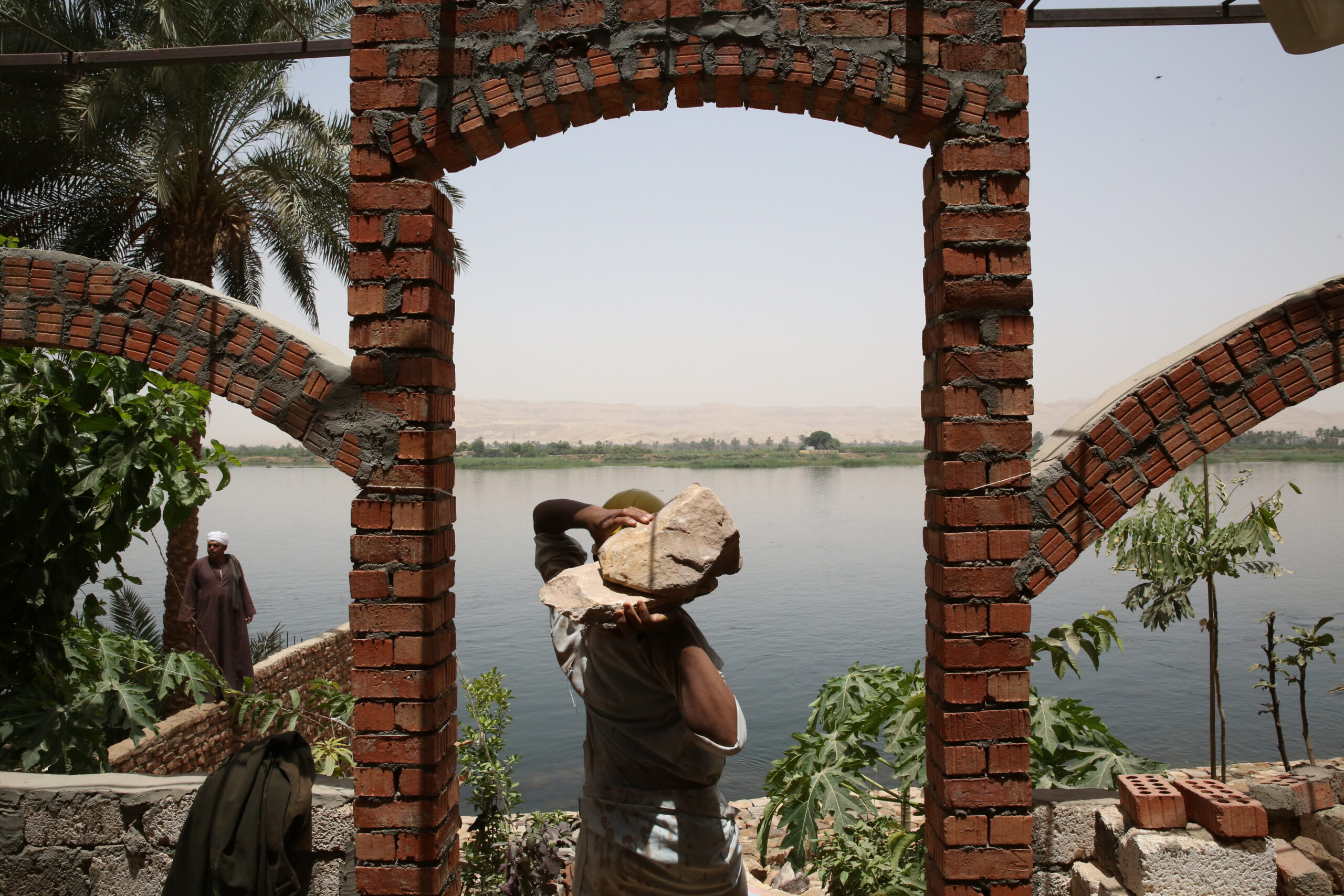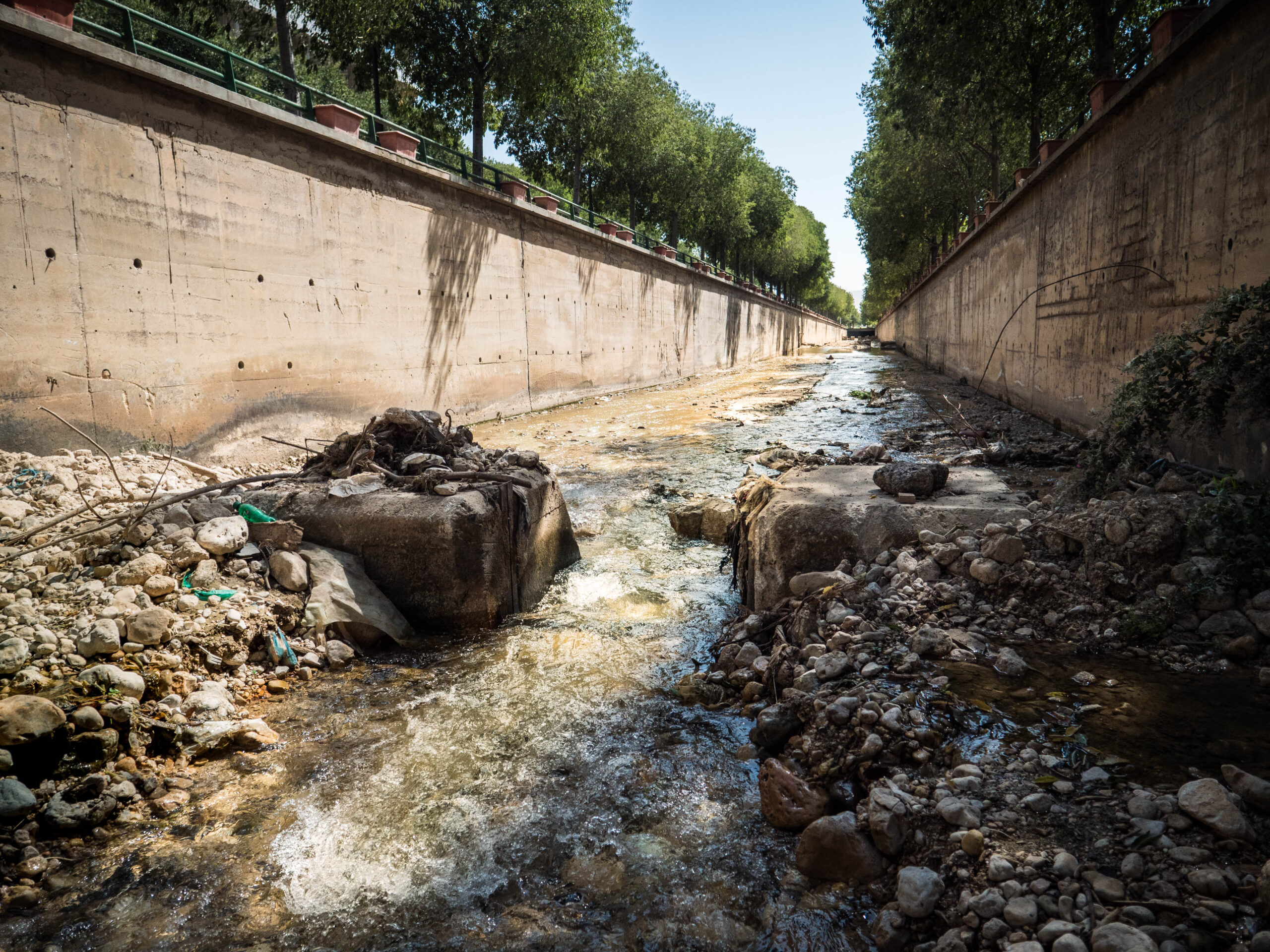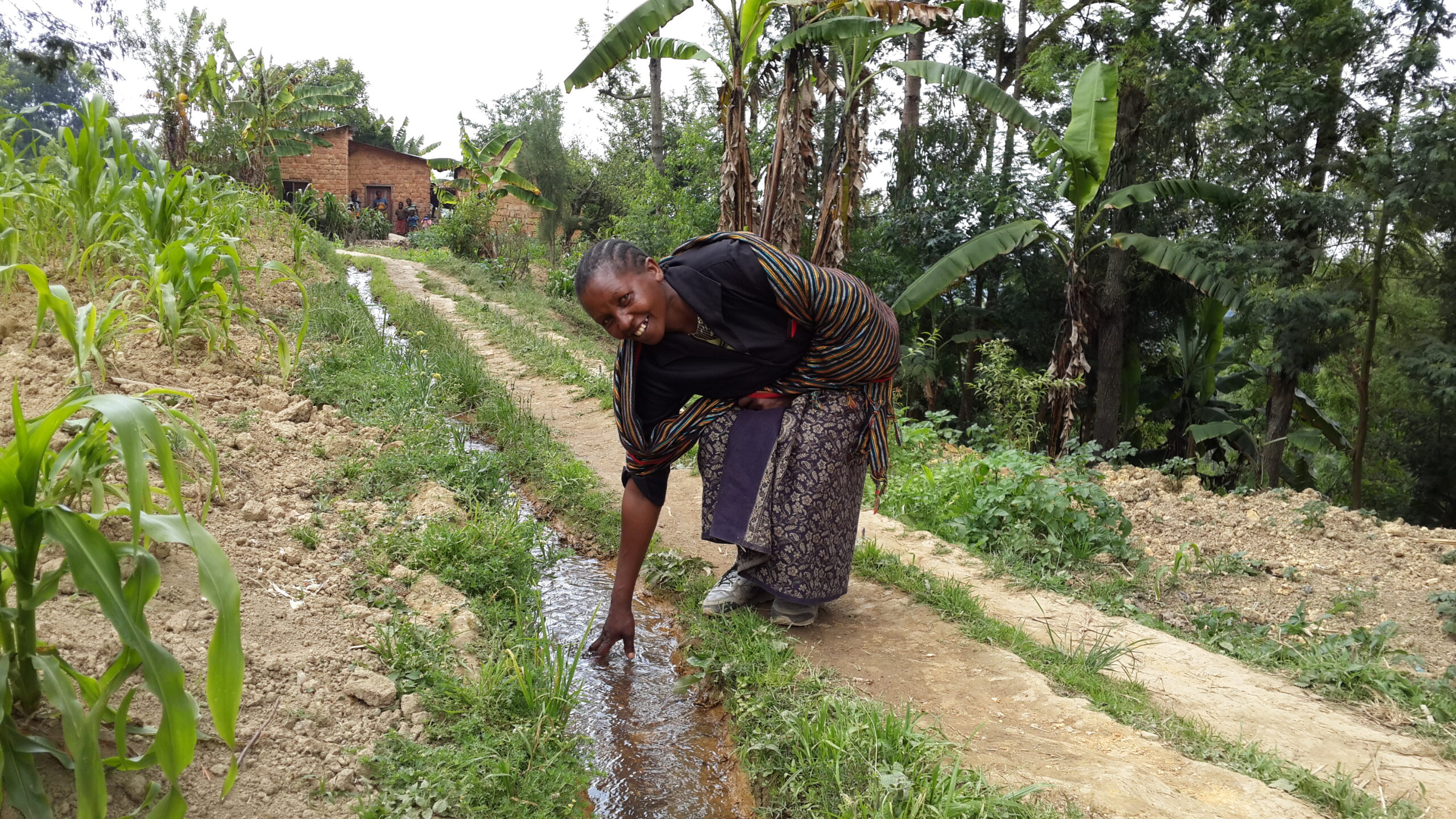By Laura Keil, Princeton in Asia Fellow

The International Union for the Conservation of Nature (IUCN) defines NbS as “actions to protect, sustainably manage, and restore natural and modified ecosystems that address societal challenges effectively and adaptively, simultaneously providing human well-being and biodiversity benefits.” 30% of mitigation needed by 2030 can come from NbS, yet they account for less than 5% of global investment in water-related infrastructure. Why is that? There is a lot of policy discourse but relatively little financing, implementation, and monitoring.
Engineered gray infrastructure (such as dams, dykes, levees, and wastewater treatment plants) has historically been a cornerstone of economic development and poverty alleviation. However, construction practices have frequently led to environmental degradation, exacerbating development challenges for millions worldwide. The escalating need for water, food, and safe shelter necessitates substantial investment in water networks. However, new infrastructure must be upgraded to be more cost-effective and flexible in a changing climate. Understanding and integrating the potential contributions of NbS into hybrid solutions is essential for addressing these issues effectively.
Working with natural processes is challenging. Ecosystems respond to changing hydrological conditions in many ways; for example, wetlands can both reduce and increase flooding depending on location, time, and other factors. There is limited quantitative and context-specific understanding, particularly in developing countries, of the benefits natural infrastructure provides. This makes it difficult for designers and planners to factor NbS into water resource management.
Designers, water resource planners, and policymakers need numbers, but natural systems are fundamentally complex and dynamic. Research is needed to determine the efficacy of NbS. A new biodiversity and climate action role within the American Society of Landscape Architects (ASLA) hopes to advance global research on NbS, but this is just a start to scaling up positive NbS impacts across sectors.
NbS (green) and engineered (gray) infrastructure must be combined to maximize benefits and system efficiency whilst minimizing costs and negative trade-offs. As The Nature Conservancy eloquently stated in their recent report highlighting the role of NbS in adapting to floods and droughts: “The combination of green and gray infrastructure is powerful – gray infrastructure can offer the ability to make rapid changes in response to natural disasters, such as dam releases or levee closures – but green infrastructure can help mitigate hazards further upstream and provide a robustness and a variety of co-benefits that gray infrastructure alone cannot.”
The NbS case studies below reveal the varied applications of green infrastructure and highlight how transdisciplinary and local research, action, and financing are vital to catalyzing these solutions.

Al Murunah
Defined as ‘flexibility’ in Arabic, Al Murunah is the first project in the MENA region to link NbS with agricultural water management and social interventions, many of which target rural women. The project, led by IWMI and IUCN and funded by the UK’s Foreign, Commonwealth & Development Office, is designed to demonstrate the efficacy of potential interventions in addressing water challenges in Lebanon, Egypt, the Occupied Palestinian Territories and Jordan. As Al Murunah enters the implementation stage this year, project leaders believe that the NbS instigated in this project will be best sustained through local partnerships, financing mechanisms and integration into policies.

Colombo’s wetlands
During intense rainfall events, Colombo’s wetlands and associated gray infrastructure store millions of cubic meters of water – equivalent to 27,000 Olympic-sized swimming pools. 232,000 people gain flood protection from these urban green and gray areas. Colombo was recognized in 2018 with Ramsar Wetland City Accreditation, and the city has since implemented multiple measures to minimize encroachment into wetlands.
Conventional cost-benefit analyses of NbS fail to incorporate the wide range of co-benefits these solutions provide, many of which are difficult to express in monetary terms. These are often in the form of public goods (such as clean air, public parks, and flood control) so cannot be possessed by one institution, resulting in ownership problems. Utilizing a transdisciplinary management approach that brings different groups to the same table is vital for the future of Colombo’s wetlands.

Scaling NbS in informal settlements
Water management is a primary challenge for residents of informal settlements in East Africa. Climate change and limited wastewater infrastructure lead to destructive flooding in these communities. Realising urban Nature-based Solutions (r u NbS) is an initiative led by The Kounkuey Design Initiative (KDI) and Centre for Community Initiatives (CCI). The project, funded by SwedBio, develops evidence for the implementation and flexibility of NbS for water management in urban informal settlements.
New NbS water management solutions are co-created with community members in Nairobi, Kenya and Dar es Salaam, Tanzania. A participatory design, construction, and monitoring process gives insight into the impact of water NbS in informal contexts.
Integrating green and gray infrastructure requires interdisciplinary research, knowledge sharing and action. Research often remains disconnected from policy and practice. Local communities, scientists, planners, designers, and engineers must link arms to scale research on NbS and make the strongest case for hybrid solutions to decision-makers and funders.

